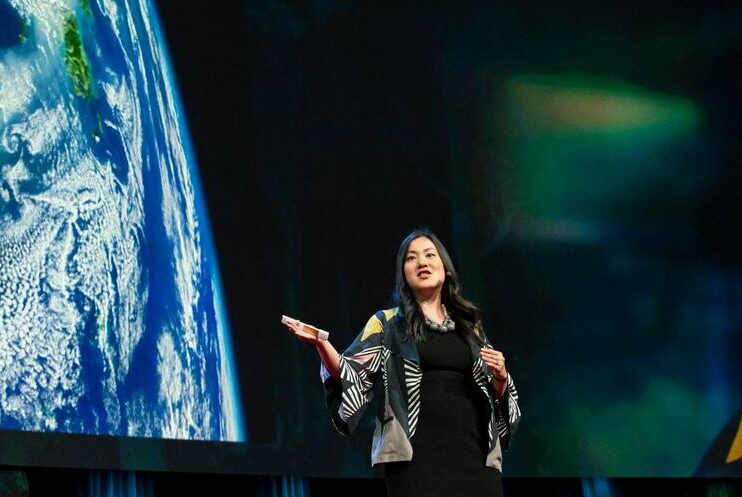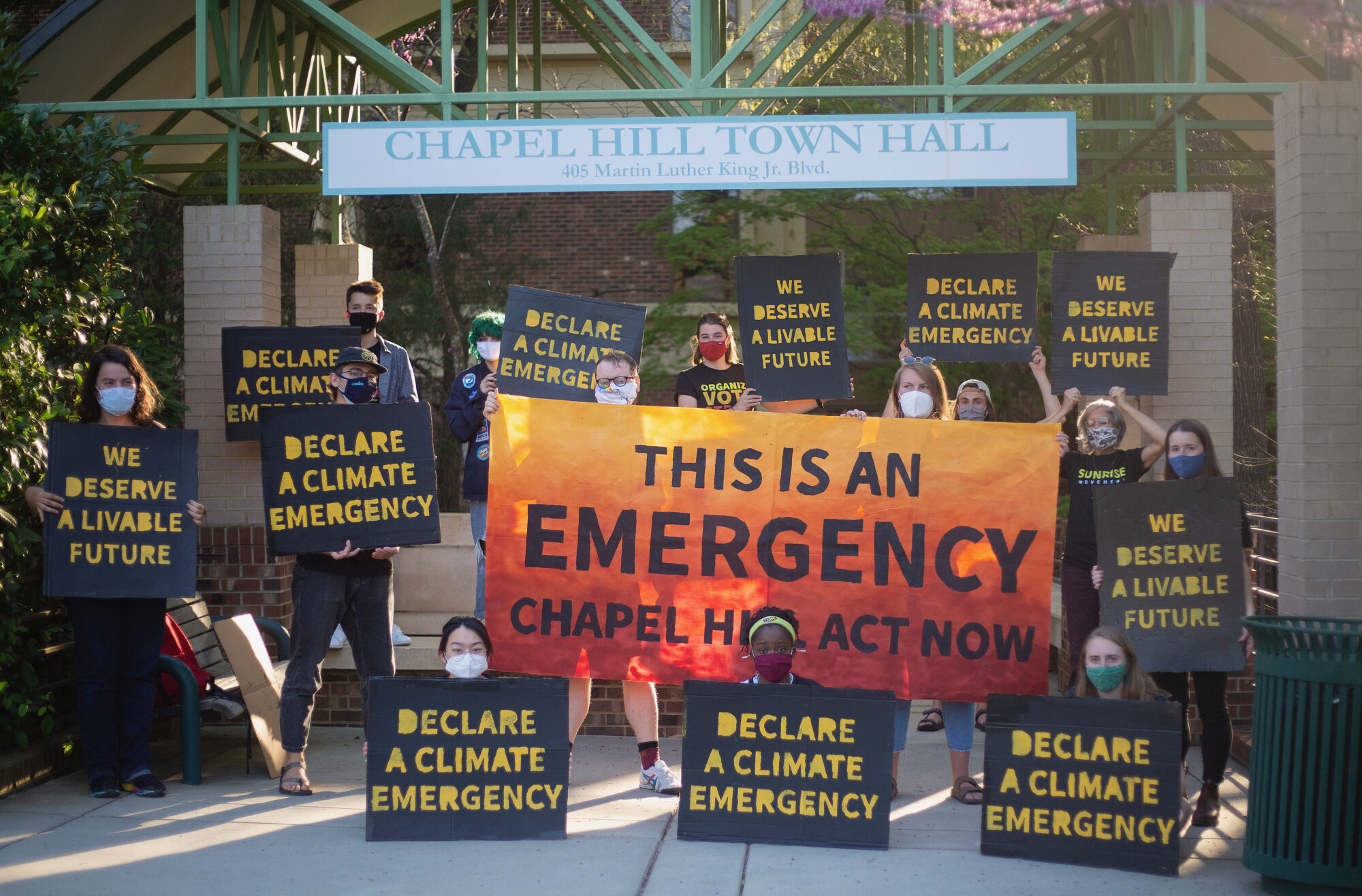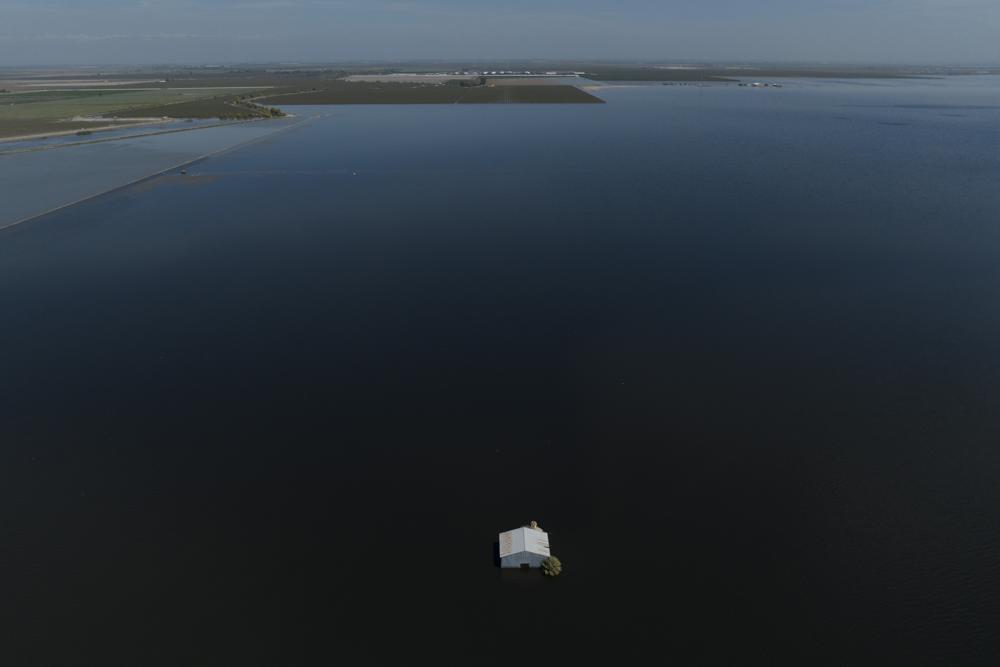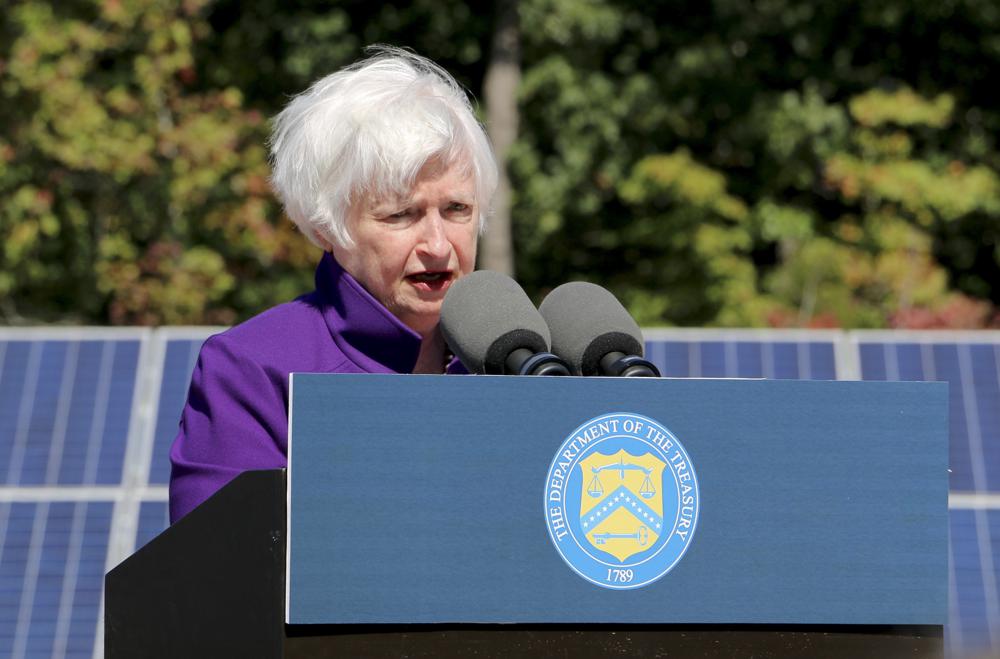The Town of Chapel Hill is a year-and-a-half into the early implementation phase of its Climate Action and Response Plan. To help, the local government recently grew its sustainability office and made a new role that a long-time employee stepped into.
John Richardson is used to his title with the Town of Chapel Hill changing. Since arriving in 2007, he’s held six different roles – including his newest as the Community Sustainability Manager.
“In those 15 years,” Richardson told 97.9 The Hill, “I’ve always had a connection to sustainability – starting in the planning department and now moving into this office of three. We’re working to advance our climate action plan and it’s an exciting time.”
The Town of Chapel Hill officially passed its Climate Action and Response Plan in April 2021, capping a years-long process of outlining how the local government will aim to address climate change. Richardson and the sustainability office were major proponents of crafting that plan, and now their role is shifting to determining the ways to act on two of its goals.
“One is to zero out our carbon emissions by 2050,” said Richardson, “so [doing] our part for the global community there. And at the same time, [we] continue to try and understand how the effects of climate change are impacting us locally and looking for ways to adapt to those and become more resilient.”

John Richardson (right), who is now the Chapel Hill Community Sustainability Manager, speaks during a Climate Action Plan Meeting in August 2019. (Photo via the Town of Chapel Hill.)
“Resiliency” is a word often used around the response to climate change. Richardson said he believes it reflects the localized elements of global effects, whether that’s extreme heat or intense, pop-up storms that Chapel Hill experiences more often. He said his office and the town work to identify specific outcomes from extreme weather and examine potential short and long-term solutions.
Part of that work is done through partnerships with UNC, which updated its own Climate Action Plan in 2021 to better reflect its responses. Richardson said the respective sustainability offices conduct tests to see the weather’s impact on the Chapel Hill community and beyond.
“And then sort of building on that information,” Richardson said, “[we] try and work with our community, and shape projects and programs that help us adapt – perhaps [to] even develop early warning systems that help us understand how we can react as these changes occur.”
While much of that research is meant for years in the future, the community sustainability manager said there are several ways Chapel Hill is taking action in the short-term to reduce its emissions. The town recently joined a partnership to help residents and businesses get evaluated for solar power equipment and is exploring areas to build more charging stations for electric vehicles.
Richardson said the goal of having 1,500 stations around the town will be critical, especially as the local government moves its fleet of vehicles to all electric models by 2040.
“Some people may not know this,” he said, “but about 96 percent of our carbon emissions in Chapel Hill come from either our buildings or our vehicles. So many of our near-term actions are focused on ways to de-carbonize, remove the carbon from those two sectors with projects that focus on things like energy efficiency, renewable energy, and a transition to electric vehicles.”

An example of the electric vehicle charging station at Chapel Hill’s Town Hall facility. (Photo via Town of Chapel Hill.)
The full Chapel Hill Climate Action and Response Plan can be found here, with more of the town’s climate response efforts found on its sustainability website.
Featured photo via the Town of Chapel Hill.
Chapelboro.com does not charge subscription fees, and you can directly support our efforts in local journalism here. Want more of what you see on Chapelboro? Let us bring free local news and community information to you by signing up for our biweekly newsletter.









